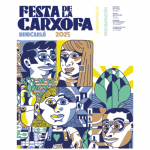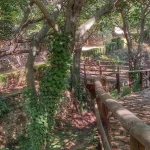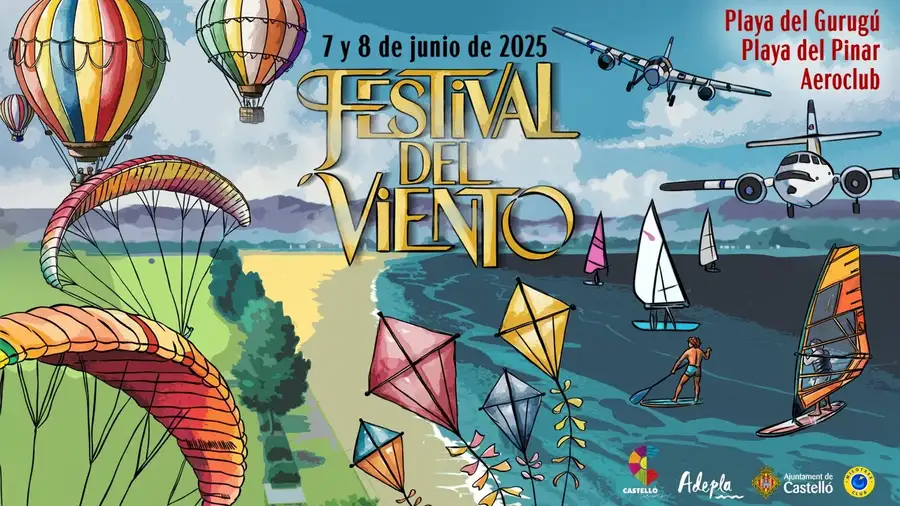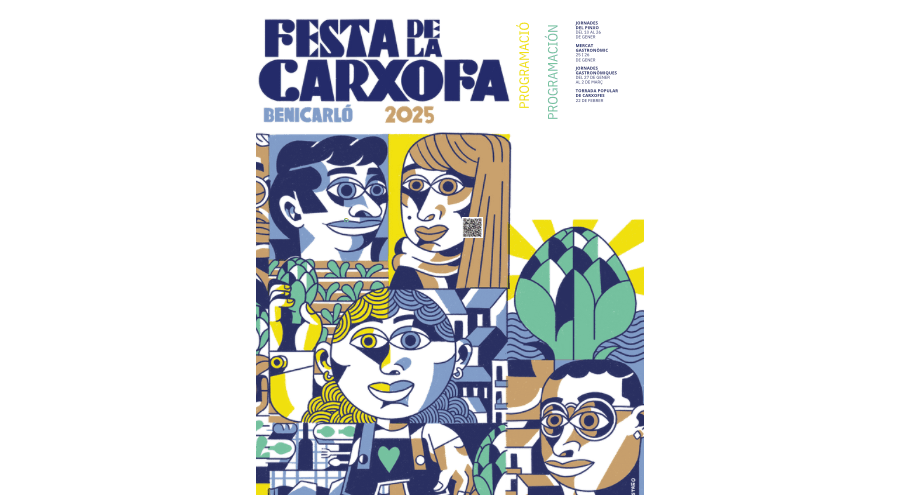Caudiel is a municipality of approximately 750 inhabitants in the province of Castellón and belongs to the Alto Palancia region. It is located in the northern part of the region, right on the border with the Alto Mijares region, at the junction between the Espina and Espadán mountain ranges.
Caudiel

History of Caudiel
Information extracted from Caudiel Town Hall.
There are indications that tell us that Caudiel was already inhabited in the Bronze Age; good proof of this are the sites of the Cueva de la Alcabaira, Cueva de la Rocha, Cueva del Generoso and the Abrigo y Sima de Fuente la Higuera. At these sites, human remains have been found, as well as handmade pottery, hand mills and grinders.
From the Iberian period we know the site of Castillarejo, located on an almost circular hilltop with steep slopes and remains of walling on its slopes. The next site is the Alcabaira settlement, partially destroyed by the construction of a corraliza on top of it, dating from 300 to 100 BC. At both sites, remains of turned and handmade pottery have been found.
The Roman presence in Caudiel is reflected in the coins and Latin inscriptions found in the area. Five inscriptions have been catalogued: four funerary inscriptions and one cave inscription. Of the funerary inscriptions, one of them is in an unknown location and the rest are on display in the portico of the church. The cave inscription is engraved on a rock on the Peña del Letrero, located on the left side of the so-called Gaibiel road (ancient Roman road). The rock bears the inscription of an indigenous name ‘Admonón’, which suggests that the road was a private road
The Arab mark has also left its mark on Caudiel. The configuration of its streets, plus the subsequent consecration of the mosque as a parish church, and the protection granted by King James I, in 1276, to the aljama or Arab community established here, are unmistakable signs of the Muslim presence in the town.

The Christian reconquest reached Caudiel in the first days of the year 1235, shortly before the conquest of Jérica, which took place on 5 February of the same year by the troops of King James I.
Teodoro López (Cronista Oficial de Caudiel)
The Mill Tower or Hannibal Tower
It is located on the outskirts of the village, you can't get lost as the path is well signposted and the route is a pleasant walk along a road with vehicular traffic.

It is also called Hannibal's Tower because, according to legend, the Carthaginian general's camp was established nearby while he was preparing the attack and destruction of Sagunto.
From its strategic enclave, this ancient medieval tower was used by the Muslims as part of the defence and watchtower network of Jérica Castle.
The upper part was crenellated, and the interior is divided into three levels, using the ground floor as a cistern. The original access would have been through an opening at a certain height, which is now closed.
Burials and coins have been found inside and it was declared an Asset of Cultural Interest in 1949.
Next to the Torre del Molino there is a large picnic area in good condition and with adequate facilities.
The Ojos Negros Greenway as it passes through Caudiel
One of the most striking attractions of Caudiel for us is to do a section of the renowned Vía Verde Ojos negros. This former railway line has been converted into a great route for hikers and cyclists.
The Ojos Negros Greenway is a path that runs approximately where the mining train used to run between Teruel and Sagunto, where the furnaces for smelting the minerals extracted from the quarries in these areas were located.
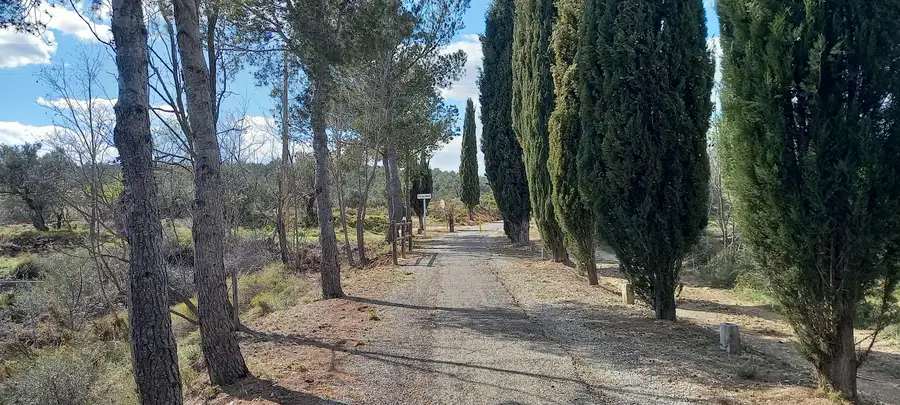
We travel a section of the greenway from Caudiel and in the direction of Barracas, the starting point is the train station of Caudiel and the Komoot application you can see the section that we travel.
Old Caudiel Station
On our 11-kilometre route along the Vía Verde, we come across details and landscapes that make this route even more special. For example, there is the old mining train station that connected Teruel with Sagunto. This station, with more than a century of history, built in 1906, although it is somewhat worn and graffitied, is still a reflection of what life was like around the mining railway in those times. A real journey back in time!

Centenary holm oak in Caudiel

Fuensanta Viaducts

It is the longest Greenway in Spain.
More information of interest about Caudiel
What to visit:
Apart from the ones we have mentioned, Caudiel offers a tour of its old town and its surroundings that are well worth a visit, the following are some of the points of interest.
Fuente del Portal.
Antiguo Portal de Aragón.
Convento de las Carmelitas Descalzas.
Pozo de Santa Úrsula.
La Plaza España.
Iglesia de San Juan Bautista y Camarín de la Virgen.
Here is the link to the tourist office of Caudiel, where you will always find detailed information about the town.
Where to sleep:
We normally travel in Camper, so it was great for us because, next to the station in the town of Caudiel, there is a recently created area of A.C. prepared for water discharge and soon with access to electricity.
Caudiel offers accommodation in the form of rooms for rent or rural houses. You can get more information by contacting the tourist office.
Where to eat:
There are restaurants and bars in the town, we ate very close to the railway station.
Highlights: The Caudiel cherry fair.
Nearby towns that we recommend you to visit:

